Is the Always Pan 2.0 worth it? Here's our honest review after a year of use
The best-selling Always Pan from Our Place is certainly pretty and popular, but does it stand the test of time?
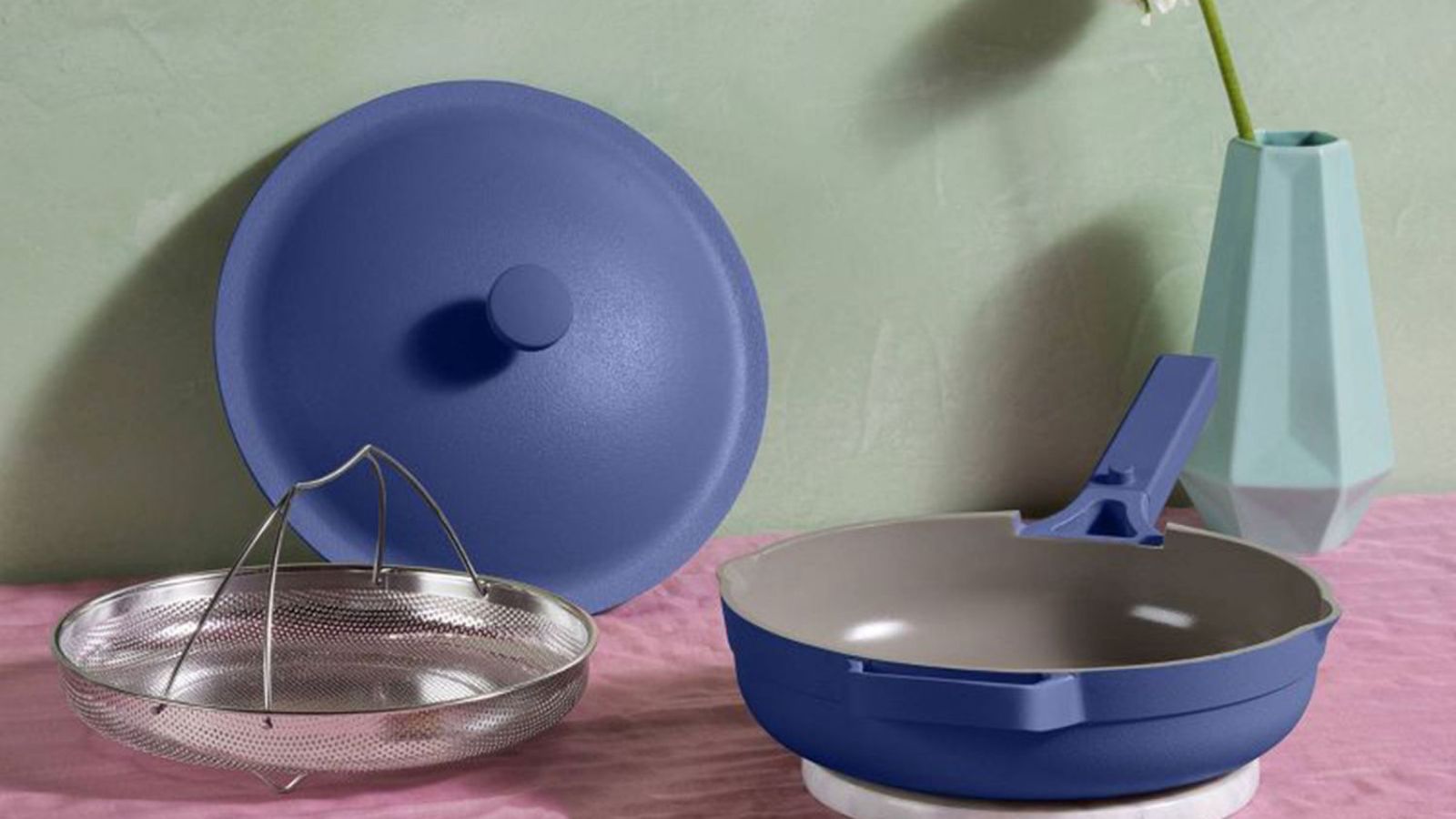
There's a lot to like, but not much to love. The Always Pan is easy to lift, quick to heat, and nice to look at. However, after around a year of use we has some frustrations: oil pools around the edges, it doesn't retain heat well, and the non-stick effect doesn't last.
-
+
Non-toxic ceramic non-stick
-
+
Lightweight
-
+
Compatible with all cooktops
-
+
Deep and wide
-
+
Steamer basket and spoon included
-
+
Comes in a range of colors and sizes
-
-
The non-stick degrades after a year or so
-
-
Oil pools around the edges
-
-
Doesn't heat evenly
-
-
Feels a little cheap
-
-
Not dishwasher-safe
You can trust Homes & Gardens.

Lydia Hayman
May 2025: I have updated this article with more testing notes on Always Pan 2.0. Plus, I've added a comparison section on Our Place's newer release: the Titanium Always Pan Pro.
I see the Our Place Always Pan 2.0 everywhere, from subway ads to social media. It gets glowing reviews from users in the first flush of frying but I wanted to see whether the hype held up after months of use. That's why I tested my friend's old Always Pan 2.0 that she picked up last April − and I wasn't particularly impressed.
Molly has used her Always Pan 2.0 a few times a week for all sorts of cooking tasks, from searing to steaming. It has picked up a few stains and smudges over time, but that's par for the course with frying pans, and it shouldn't impact performance.
Here at Homes & Gardens we've reviewed some of the world's best non-toxic cookware. I've cooked with everything from Le Creuset pans to cast iron skillets, and I know what I'm looking for in a reliable frying pan. The Always Pan 2.0 checks many of the boxes – it is lightweight, easy to handle, and made without toxins. But it isn't an especially even cooker (food cooked thoroughly in the center of the pan but took a while to warm around the outside) and oil pools around the edges (no shimmering layer of oil to cook on). But, the real issue is the deterioration of the non-stick coating.
The Always Pan 2.0 Specifications
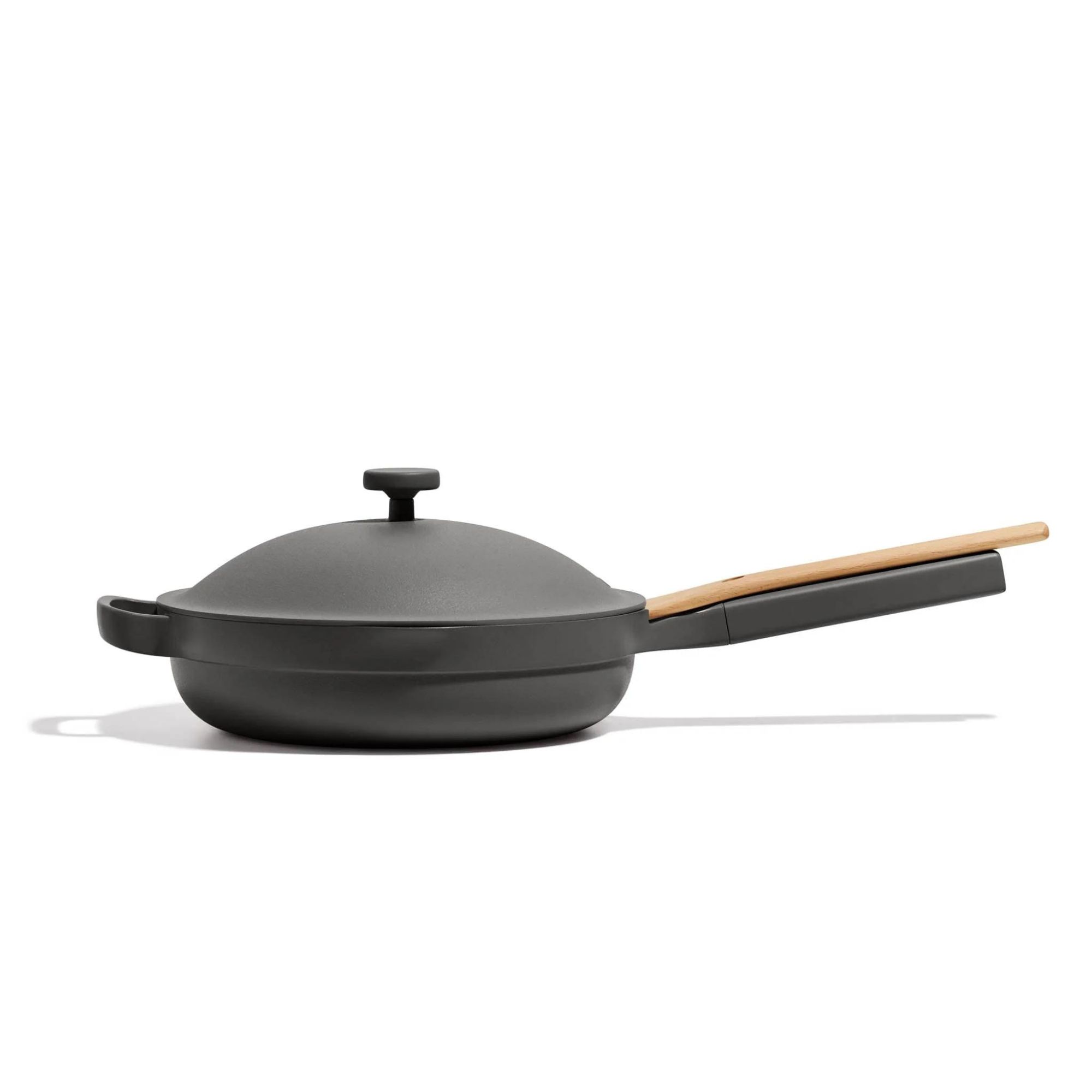
Dimensions | 19.9 x 10.5 x 2.8" |
Weight | 3lbs |
Materials | Recycled aluminum |
Colors | 11 |
Accessories | Steamer basket and beechwood spatula |
Unboxing the Always Pan 2.0
Normally, when I test cookware, I like to document the unboxing process to give you the fullest possible picture of what it might be like to use this product. Since this particular Always Pan 2.0 has been knocking around in my friend Molly's kitchen cabinets for over a year, I don't have pictures of the original packaging.
I asked Molly, who happens to be a tester for our sister site, Ideal Home, to tell me about the unboxing process. She remembers that the Always Pan 2.0 was packaged in predominantly sustainable materials: lots of egg-crate cushioning and cardboard that she could throw straight into the recycling. Molly has a lot of green in her kitchen, which is why she bought the pan in sage, but she could have chosen any number of cool neutrals, from steam to blue salt. The Always Pan 2.0 also comes in bolder hues, such as turmeric and azul, which would pop against plain white walls.

Molly used to write eCommerce articles for Homes & Gardens before she moved to our sister site, Ideal Home. She's tested all kinds of kitchen products, from cast-iron cookware to non-stick frying pans, and kindly lent her Always Pan 2.0 for this review.
Molly bought the Always Pan 2.0 in the standard size, which measures 10.5 inches across and three inches deep. There's more than enough space to sear a steak and baste it, too, without worrying that jus will splash over the sides. If you're feeding a whole family and you want to prepare multiple portions in the same pot, you should opt for the larger pan. It's two inches wider than the standard pan, and $30 more expensive. Conversely, if you're cooking in a smaller kitchen, and you're looking to save a little money, you should consider the Mini skillet, which is just over eight inches wide. You might find it easier to slide the small pan into the oven for crisping.
Each edition of the Always Pan 2.0 is coated in Thermakind, a ceramic non-stick coating that's free from toxic materials, such as PFAs, lead, and cadmium. Our Place recommends that you wash your Always Pan 2.0 by hand, to protect the ceramic. Despite taking great care of her pan, Molly has noticed that the quality of the non-stick coating has deteriorated over time. In my tests, I found it hard to flip pancakes and scramble eggs without them sticking to the base of the pan.
Design expertise in your inbox – from inspiring decorating ideas and beautiful celebrity homes to practical gardening advice and shopping round-ups.
Cooking performance
Test 1: Fried egg
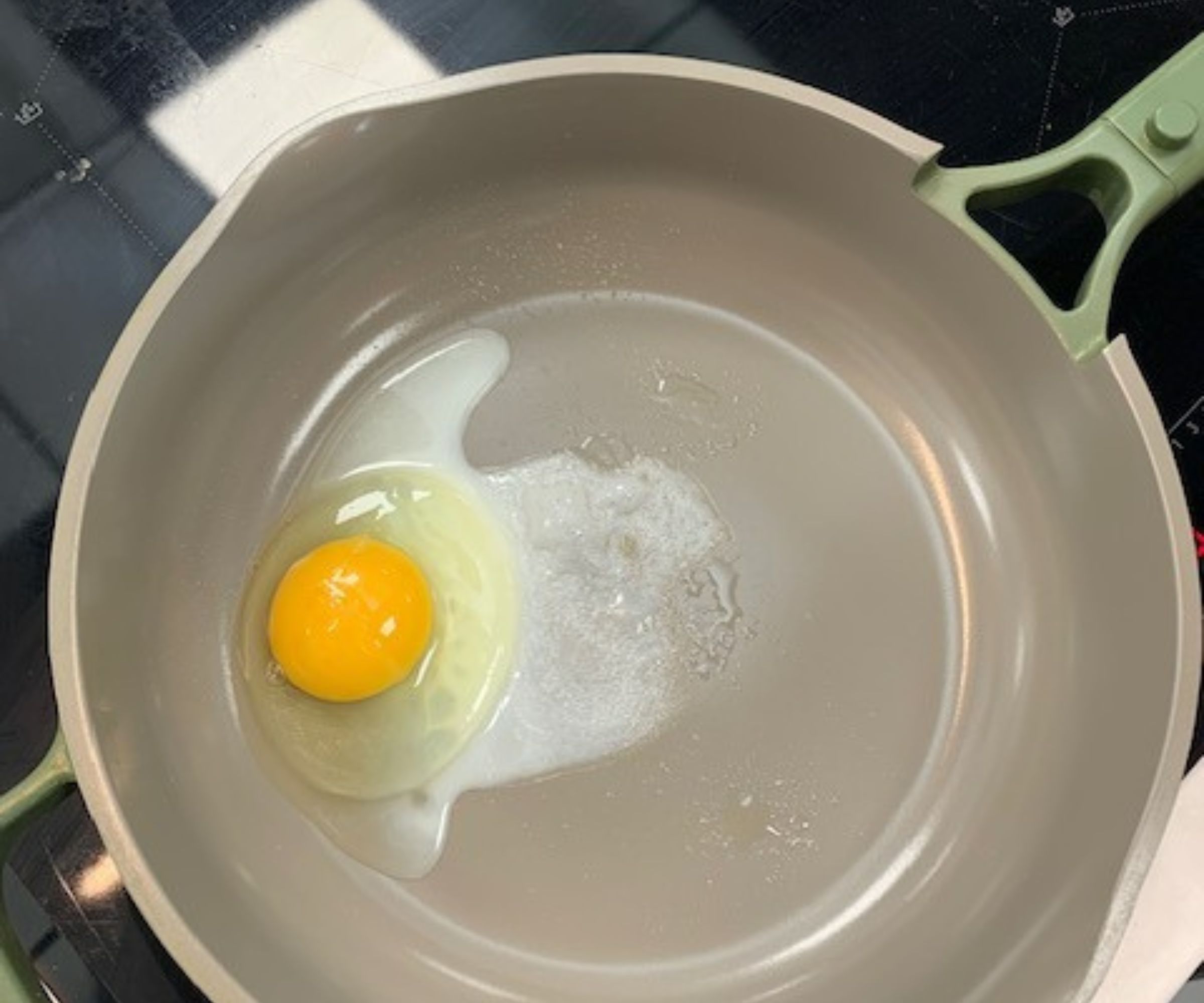
Our Place advertises their Always Pan 2.0 as 'an all-in-one cooker that can braise, bake, broil, and boil (and that's just the B's)'. Since I was assessing this product as a frying pan, rather than a multi-cooker, I focused on the 'fry' and 'sear' functions. I decided to make a simple meal of pancakes, eggs, and bacon. I wanted to see how the pan handled wet and dry ingredients, as well as diverse food groups. Plus, it might look similar to the sort of breakfast you'd whip up on a weekend.
First, I set the pan on the hob and let it come up to temperature. Within 30 seconds or so, I could feel heat rising, so I cracked my egg and dropped it into the pan. This first egg slid towards the side of the pan, where it sat and congealed for a minute or two. Some of the egg white started to solidify – the section closest to the center − but the rest wouldn't cook, even when I turned up the heat. This was my first sign that the Always Pan 2.0 is a poor conductor: the heat in the center of the pan couldn't spread to the sides. After a frustrating five minutes, I threw out the first egg and started again.
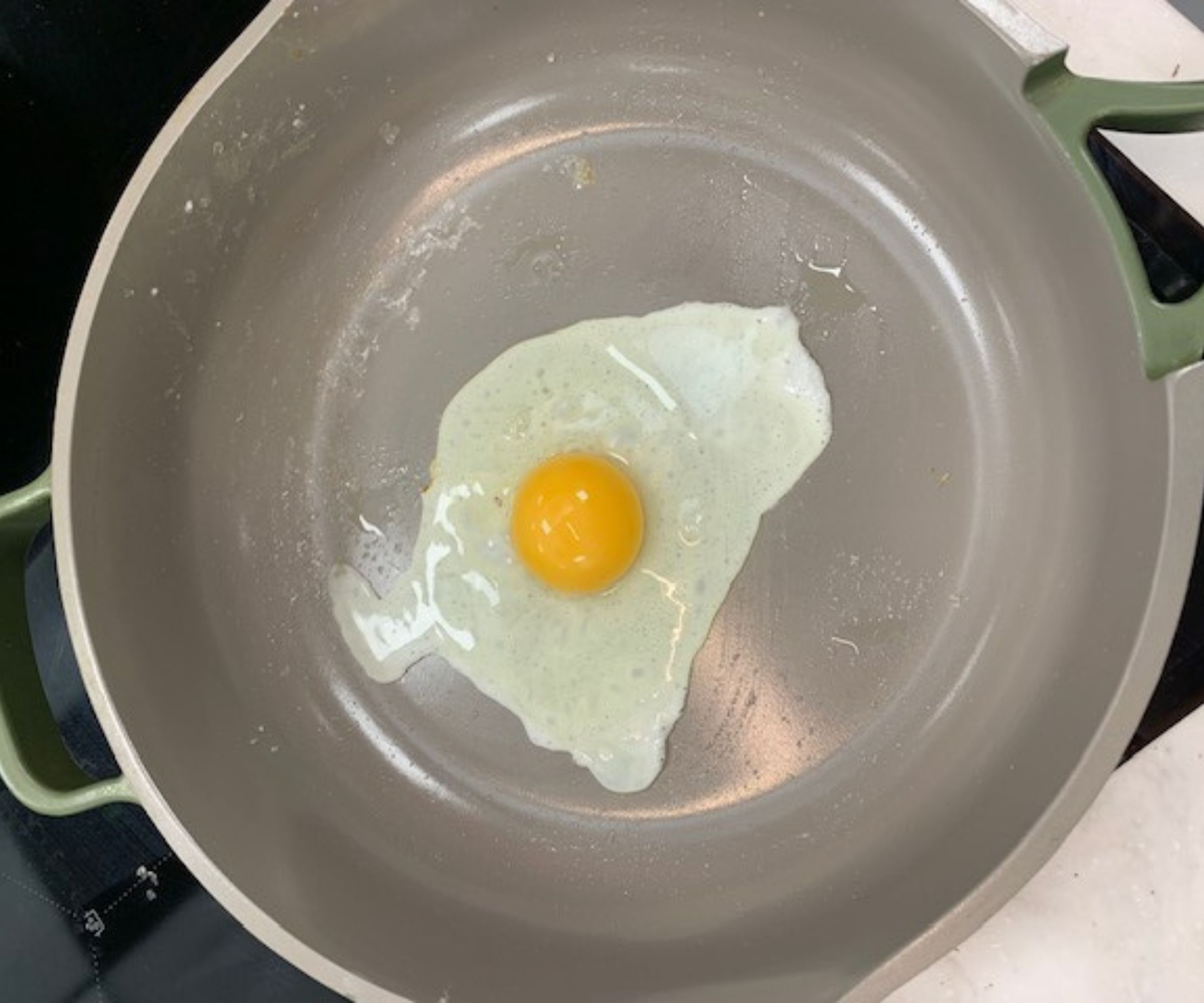
Take two. I cracked my second egg into the Always Pan 2.0 and tilted the handle to settle the egg into the center. Soon, it was sizzling away. It took almost five minutes for the egg white to solidify and begin to crisp around the edges.
At last, it was time for the taste test. The egg white was cooked all the way through, with the beginnings of a golden crisp on the bottom. On the whole, I was satisfied with the results of this first test, though it had taken quite some time to get there.
Test 2: Bacon
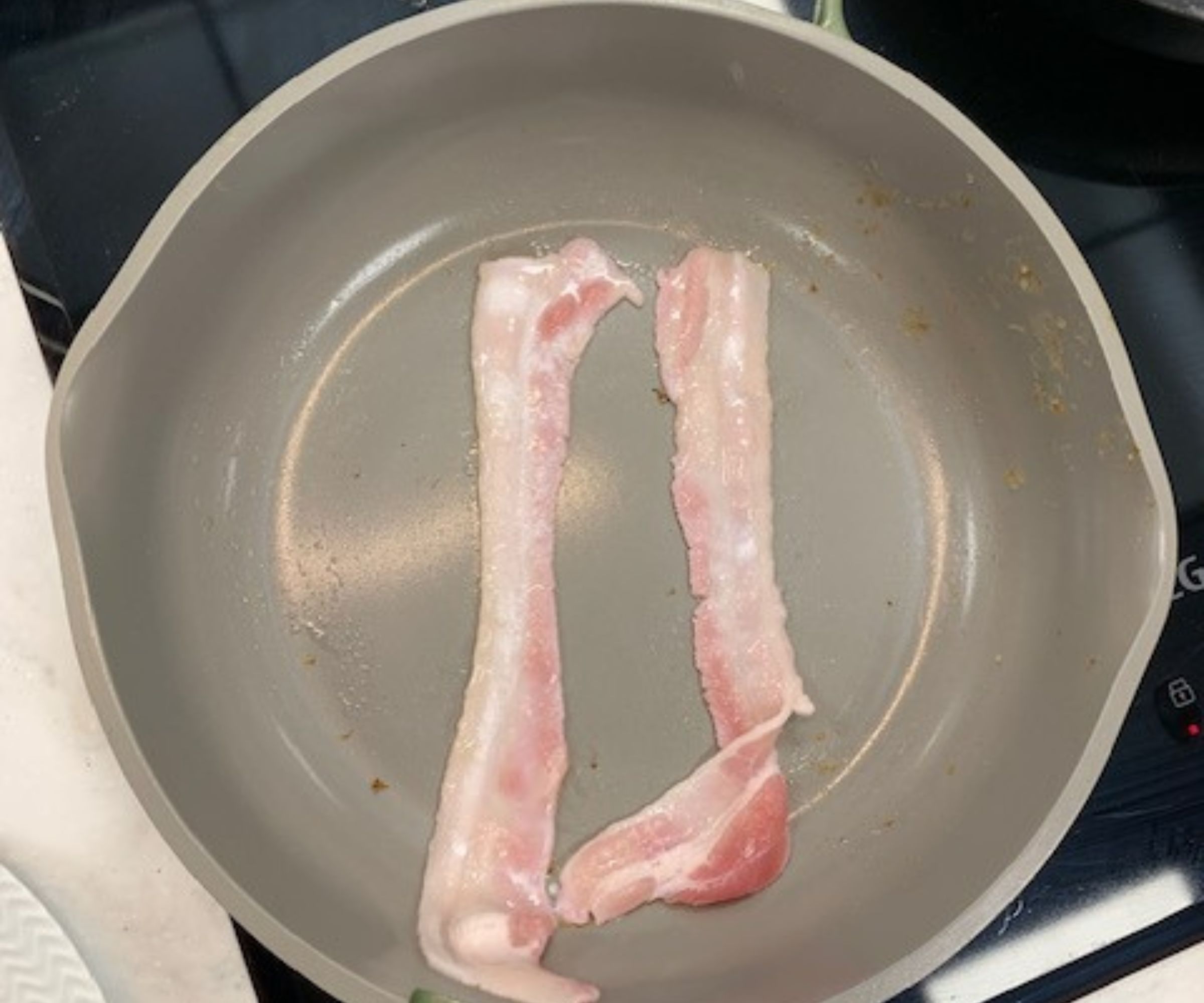
I'm quite particular about my bacon. I like it crisp, but not too crunchy, with juicy meat and well-rendered fat. While you could cook bacon in one of the best air fryers, I often find that they can dry out the meat. When I cook bacon in a pan, I want it to come out just the right side of crisp versus tender.
I laid my strips of bacon across the Always Pan 2.0. These were long, thin rashers, and I wondered whether the ends of the bacon would cook completely. I contemplated moving the bacon around the pan, so that every inch had its time in the center, but decided that wouldn't be a fair test.
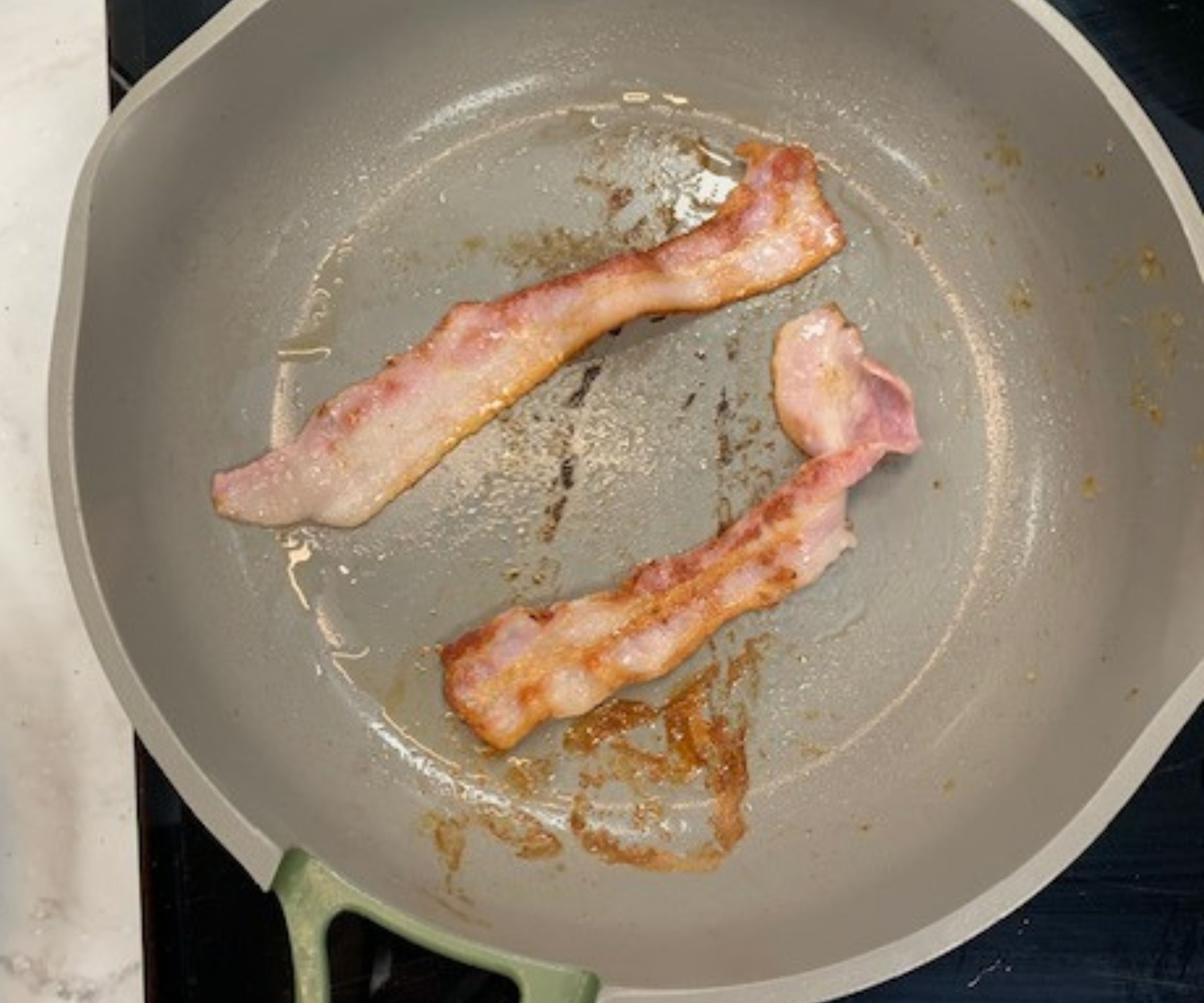
As a product tester, I know I made the right call. As a bacon lover, I wish I'd intervened. When I first flipped the rashers, I found that the meat and fat at one end were beginning to brown, but the other end was still insipid. Once again, the heat had failed to spread throughout the pan. This was probably because I was testing an older model, which has fried its fair share of bacon, but it raises concerns about the longevity of the Always Pan 2.0.
Test 3: Pancakes
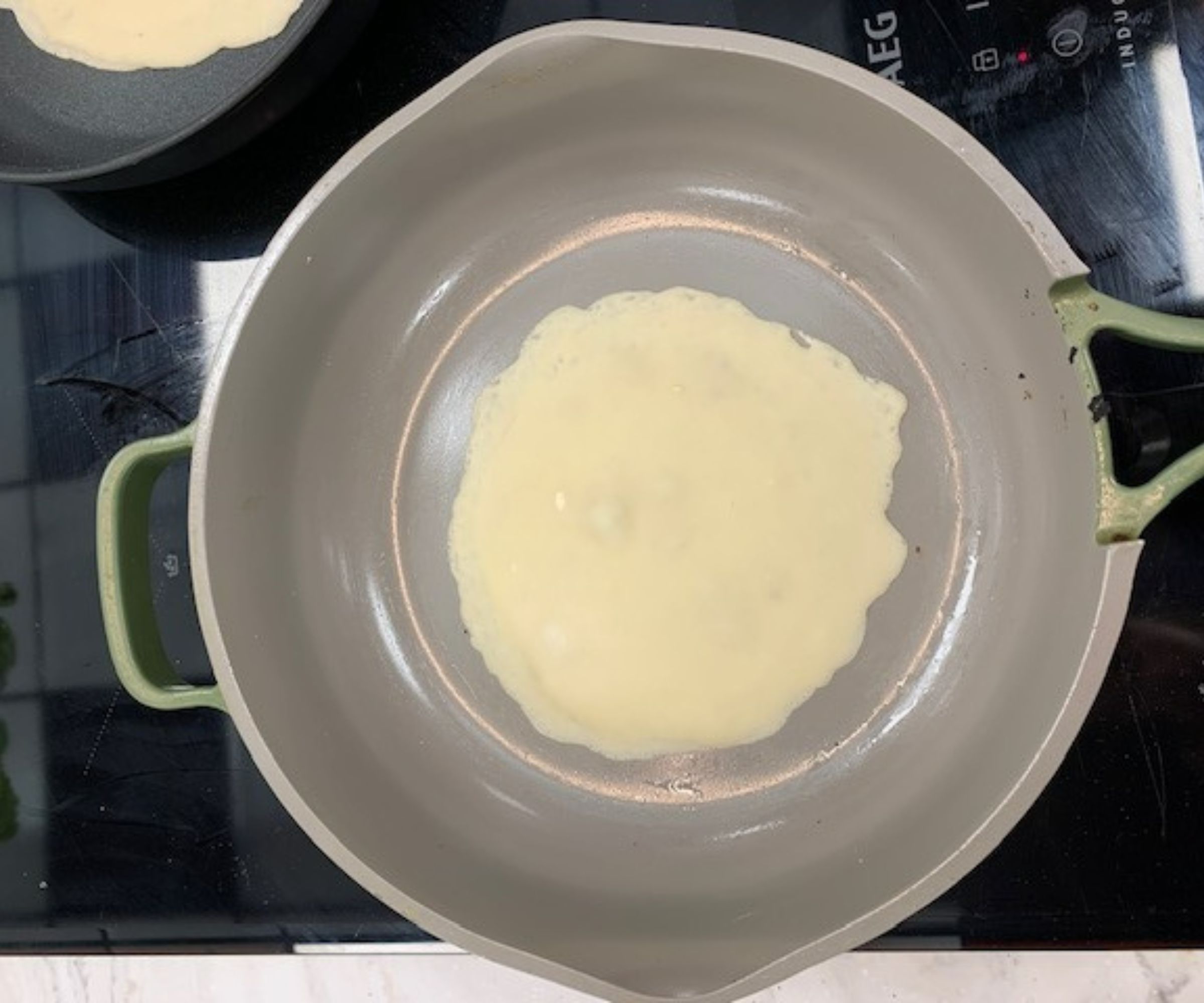
Following the disappointments of the egg and bacon tests, I wasn't feeling too optimistic about the pancakes. Still, I wanted to see how the Always Pan 2.0 handled such delicate textures and whether the non-stick coating were really up to scratch.
To start, I poured my pancake batter into the pan. As the batter spread from the center of the pan towards the sides, I noticed that it was cooking all the way through. Perhaps the limited conduction power of the Always Pan 2.0 comes into its own with thin batters.
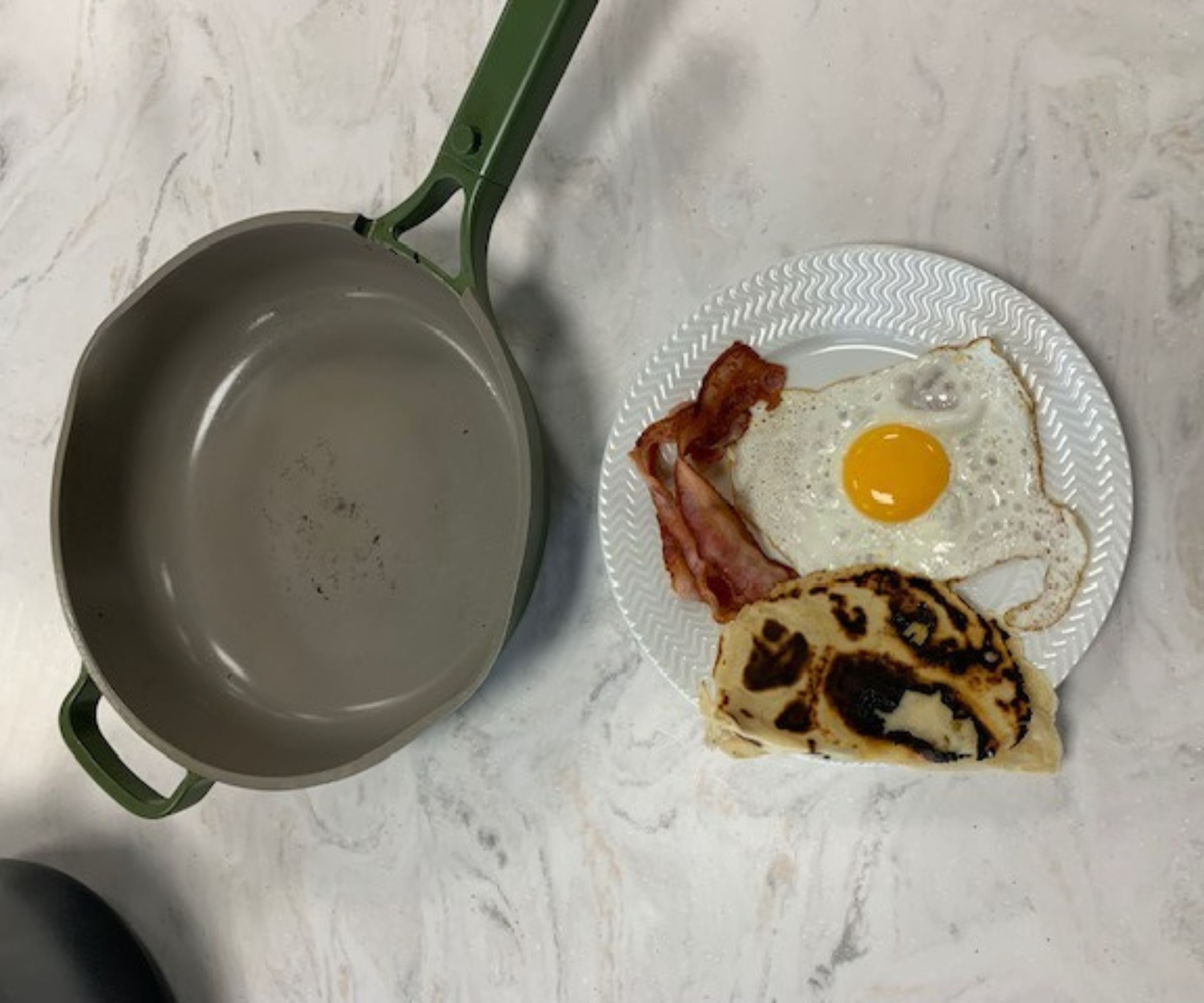
After 90 seconds or so, it was time to flip. The first time I shook the Always Pan 2.0, the pancake wouldn't budge. It took a few tries for the non-stick coating to kick into gear, but I managed to dislodge the mixture in the end. As it flipped, I could see that the bottom of the pancake was leopard-spotted, with big brown patches on a beige base. It looked more like a piece of naan than a traditional crêpe.
I decided to plate my pancakes alongside my bacon and eggs for a breakfast feast. After a long morning carrying cast-iron cookware, I was surprised by the lightness of the Always Pan 2.0. Weighing just three pounds, I found it quick and easy to carry from the hob to the kitchen counter. I plated my pancakes while they were still warm and took a big bite. They were sweet and crisp, if a little underdone in the middle.
Perhaps I had the heat too high, but this brings me onto my final criticism of the Always Pan 2.0 - it is very sensitive to heat and I found this hard to control.
Cleaning & maintenance
It's important to note that the neither the base nor the lid of the Always Pan 2.0 is dishwasher-safe. Now, that's not unusual for a non-stick pan, but a handful of customers have complained that the pan picks up stains and smudges which don't wash off easily. You'll have to stand over your sink for a minute to give your pan a good scrub. With that said, the steamer basket and the beechwood spatula are easy to clean in a bowl of warm, soapy water.
How does the Always Pan 2.0 rate online?
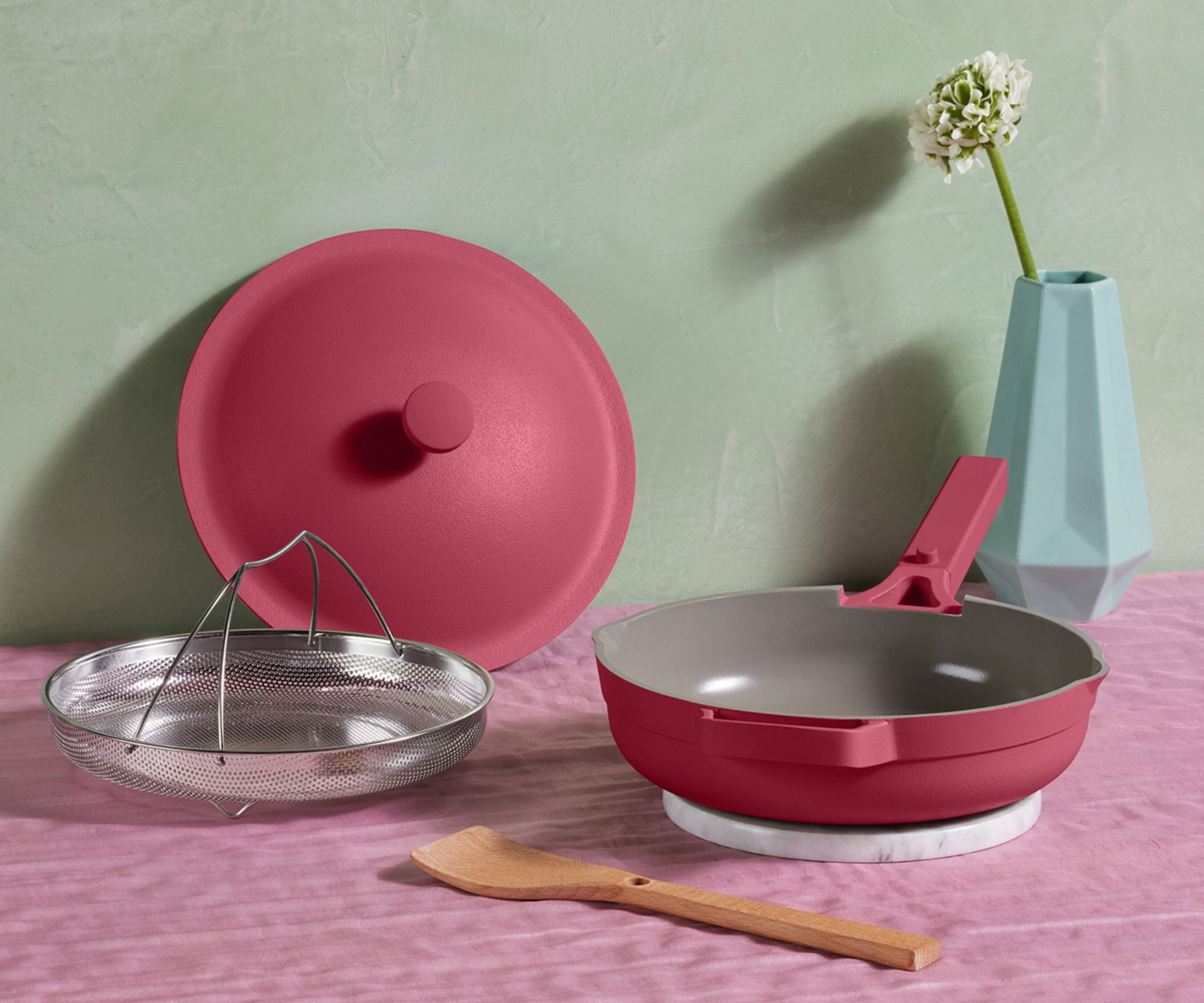
The Always Pan 2.0 boasts thousands of five-star ratings on the Our Place site, praising its versatility and ease of use. There are a smattering of more mixed reviews, which note the deterioration of the non-stick coating over time and the incompatibility with higher heats. I suspect that these ratings come from people like me and Molly, who have been using their Always Pans 2.0 for extended periods of time. A few customers have complained about the lack of heat-safe handles, which makes it that much harder to transfer the pan from stove to counter.
How does the Always Pan 2.0 compare to other pots and pans?
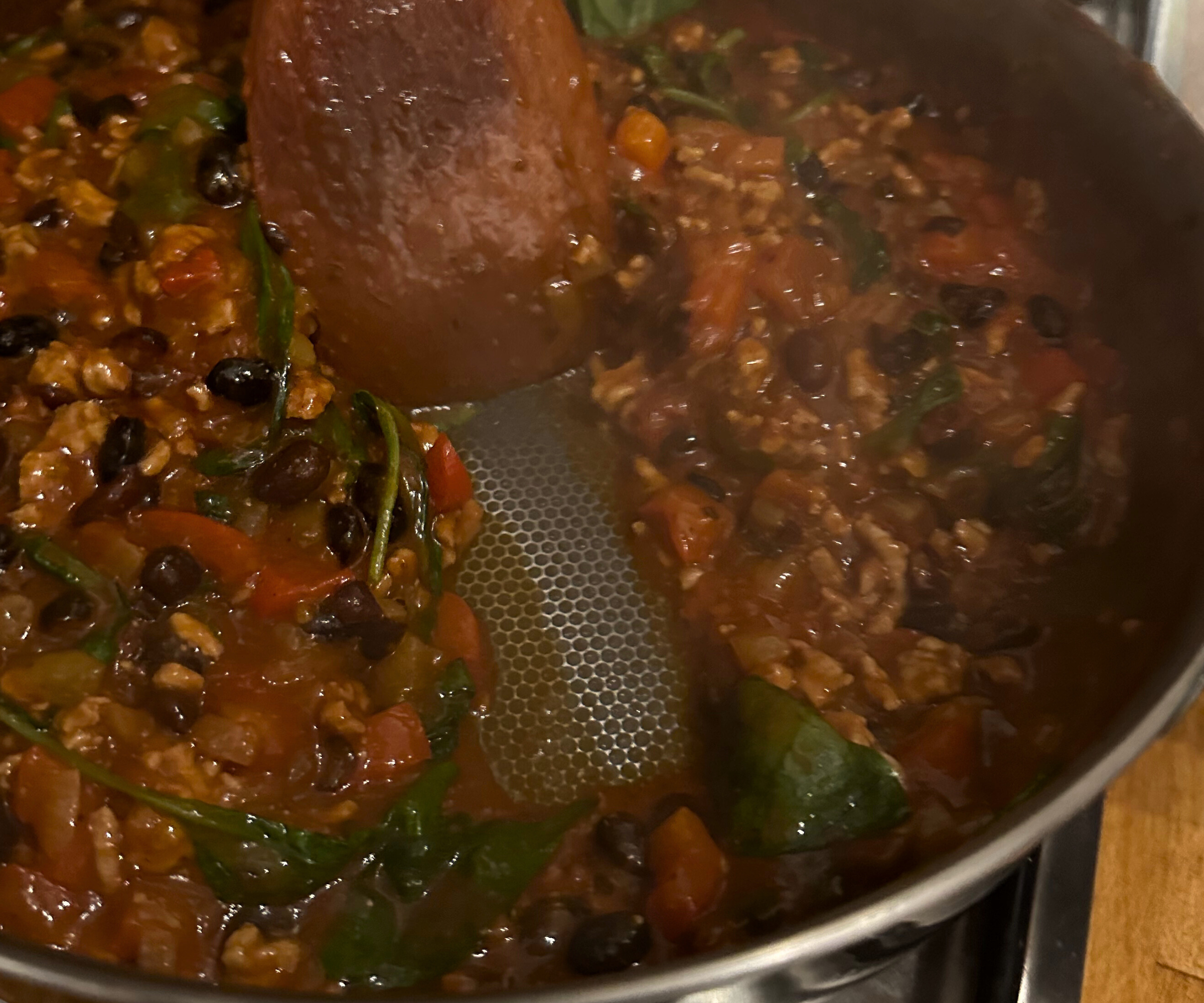
Since the Always Pan 2.0 launched, the brand has released a new version that is made with a titanium interior, aluminum core, and stainless steel exterior. Our kitchen appliances editor (and trained chef), Lydia Hayman, tested and reviewed the Our Place Titanium Always Pan Pro and was very impressed.
Lydia says, 'The Titanium Pro pan is much better than the original Always Pan, in my opinion. It is durable and a delight to cook with. I tested this pan alongside a brand-new Always Pan that the brand sent me to trial out for my non-toxic cookware guide, so it didn't have the deteriotation issues that Emilia has written about in this review. Still, I infinitely preferred the Titanium version.'
She continues, 'Although the Titanium Pro is heavier, more expensive and it requires some TLC (occasional seasoning), I have found it to be reliable and well-made. Even after 7 months of use, it has held up brilliantly. I think it's worth the extra spend if you want a durable frying pan that has non-stick capabilities. It is actually dishwasher-safe, too, and I haven't noticed any significant deterioration in its performance, even after countless cycles in my washer.'
If Our Place's offerings still don't convince you, we recommend shooting straight for the stars and choosing the best cookware brand on the market. 'Le Creuset's enameled pans are one of my best buys,' says Lydia. 'I continue to use my Titanium Always Pan for many recipes (specifically chillis and pastas) but Le Creuset cast iron is my trusted, timeless kitchen companion I always end up reaching for. If you want simplicity, ease of use and longevity, I recommend Le Creuset to everyone.'
Should you buy the Always Pan 2.0?
The Always Pan 2.0 retails for $125 in the standard size. The Mini model goes for $100, while the larger skillet comes in at $150. I would hesitate to spend that kind of money on this pan. While it looks great and weighs nothing, these aesthetic considerations can't compensate for imperfect cooking and longevity issues.
If you're looking for a competent kitchen companion that still has non-stick effect and you want it to stand the test of time, you should consider a higher-quality skillet, like the Titanium Always Pan Pro.
How we test frying pans
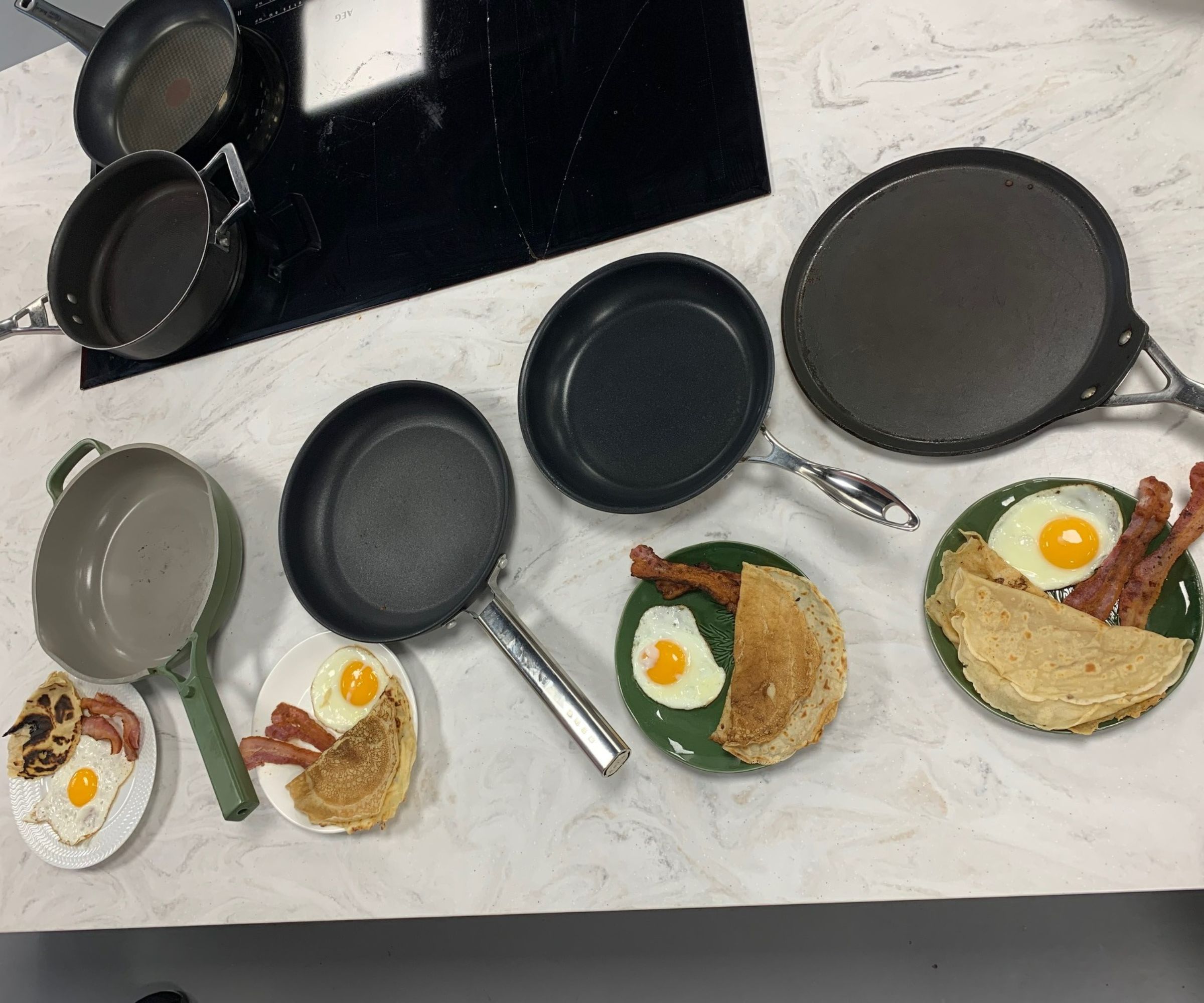
A great frying pan has to tick all the boxes: versatility, manageable weight, brilliant cooking performance, and, crucially, ease of cleaning.
We use every pan we write about for at least a month to see how it fares over time. Many pans are great out of the box, but start to stick, discolor and destroy ingredients after prolonged use. There's nothing worse than this, especially when you've forked out your hard-earned money and need to buy a replacement. Often, we're allowed to keep the pots and pans we test, which gives us the chance to monitor performance over time and update our reviews as required.
When we're testing, we're looking for a pan that can handle everything: from delicately frying an egg to searing a steak with a perfect crust. It should feel balanced in your hand – not so heavy it’s hard to lift, but substantial enough to retain heat evenly for consistent cooking.
We like to test notoriously sticky or delicate recipes, including: tofu, sticky cheese like halloumi or paneer, crepes, and fried eggs. We assess how these cook in the pan and the mess they leave afterwards – because no one wants to scrub endlessly after dinner.
If you're interested, you can find out more about how we test on the Homes & Gardens site.

Emilia is our resident sleep writer. She spends her days tracking down the lowest prices on the best mattresses and bedding and spends her nights testing them out from the comfort of her own home. Emilia leads a team of testers across America to find the best mattress for every sleep style, body type, and budget.
Emilia's quest to learn how to sleep better takes her all around the world, from the 3Z mattress factory in Glendale, Arizona to the Hästens headquarters in Köping, Sweden. She's interviewed luxury bedding designers at Shleep and Pure Parima, as well as the Design Manager at IKEA. Before she joined Homes & Gardens, Emilia studied English at the University of Oxford.
- Lydia HaymanKitchen Editor